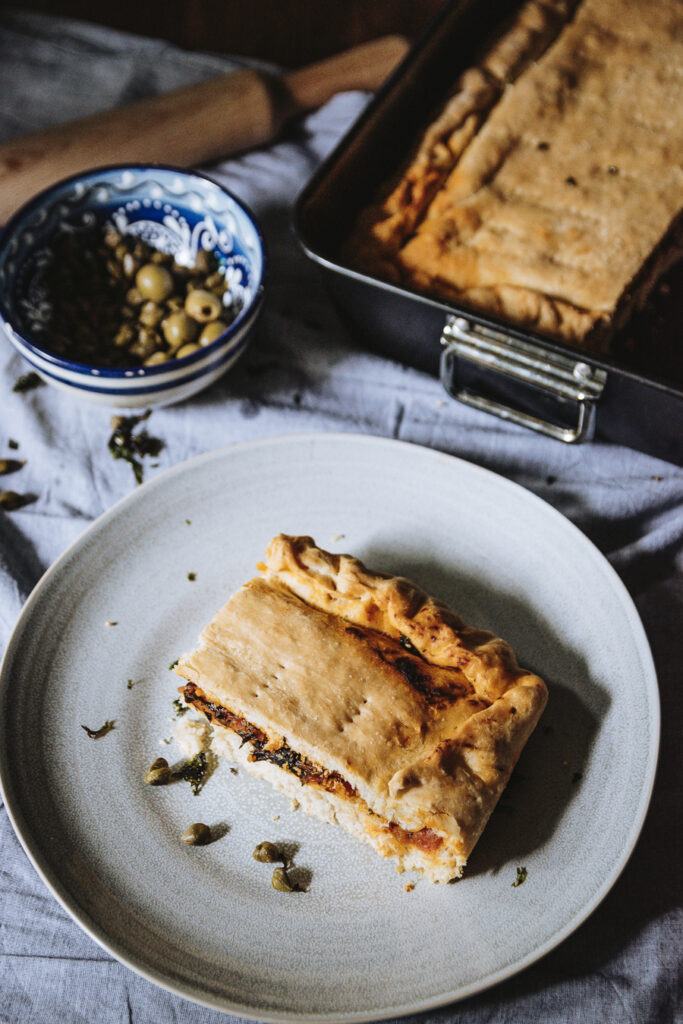From land to sea, Croatian cuisine is as diverse as its topography. Located in the south-eastern part of Europe, lying between Hungary in the north, Slovenia and Italy in the west, Bosnia and Herzegovina and Serbia in the east and the Adriatic sea in the south, Croatia is full of foreign influences that have left their mark on Croatian cuisine over the centuries. Croatian dishes incorporate a mix of influences from Greece, Romans, Venice, the Ottoman Empire, Hungary, Austria, Italy, Germany, and neighboring countries that once formed Yugoslavia.
Now an independent Republic since 1991, the area of Croatia has been inhabited by Croats, a South Slavic ethnic group, since the late 6th century. The Kingdom of Croatia was founded at the end of the 10th century and, after the extinction of the founding dynasty Trpimirović, joined the union first with Hungary (12th-16th century) and later with Austria (16th-20th century). The Kingdom of Croatia was crucial in stopping the further penetration of the Ottoman Empire to the west, while on the other hand, the Republic of Venice occupied most of the Croatian coast over the centuries. This had a vital influence on the culture of Croatia, and together with a very diverse climate and natural conditions, it resulted in a heterogeneous cuisine, which can be described as a cuisine of the regions, as every region of Croatia has its own distinct culinary tradition.
The cuisine of Croatia can roughly be divided into Mediterranean and continental.
The Croatian mainland was highly influenced by Slavic, Austro-Hungarian and in some parts Turkish cuisine. Dishes from these parts of the country have earthly flavors, more complex ways of preparation and include ingredients such as meat, vegetables, grains and milk products.
Coastal regions of Croatia and Croatian islands were under influence of early Greek and Roman cuisine, as well as late Mediterranean cuisine, especially Italian (Venetian). Dishes are characterized by the use of fish and seafood, fruits and vegetables and olive oil and herbs such as rosemary, sage and oregano. These dishes are usually easier to prepare, with short thermic processing, cooking or grilling, and have lighter flavors.
Croatian cuisine can be divided into several regional cuisines such as Istrian, Dalmatian, Dubrovnik, Lika, Zagorje, Međimurje, Podravina and Slavonia. Each has its own special cooking tradition characteristic to the area, which is not necessarily well known in other parts of Croatia. However, as in other Balkan countries, vegan options are very scarce.
Cooking as well as eating is a very social activity in Croatia and is usually accompanied by live music and a glass or two of local wine.
